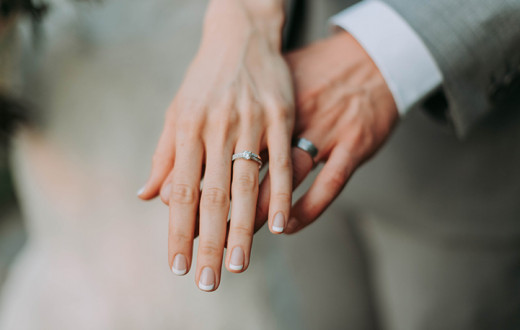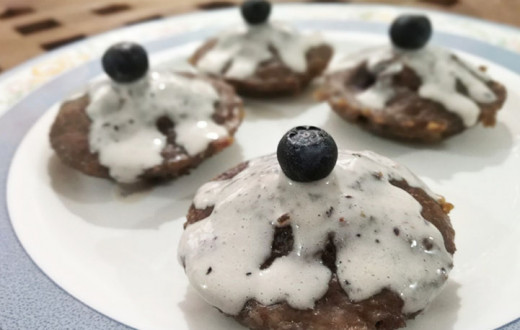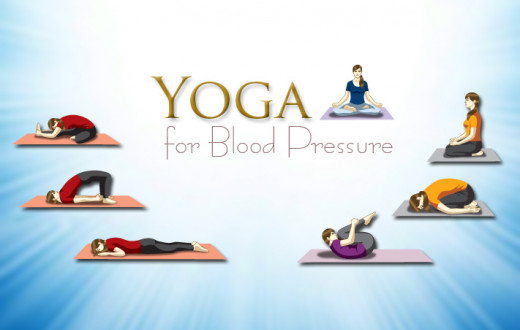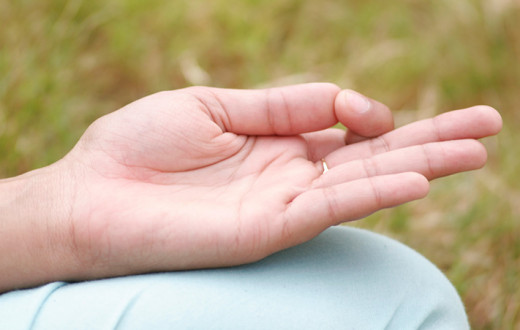An ancient Indian way of eating is becoming a buzzword
There we were, sitting in a fabulous Michelin-starred Japanese restaurant. One of my favorite. A reunion with friends, this evening promised to be memorable. Except when one of my friends, removed his footwear and sat cross-legged on a chair. He was nonchalant, talking all along, while I sat and stared. His legs hid under the tablecloth. And it didn’t matter at all to the others in our group. I seemed to be the only one thrown off balance. And finally, I had to close my gaping mouth and remind myself to stop being so embarrassing. (Staring is rude, remember?) We all had a perfectly grand time. However, the act of sitting cross-legged in public is considered offensive by some, while perfectly normal by others. And alarming for mortals like me.
I think differently now, may I add quickly. And find myself doing the very same thing. Tucking my feet comfortably under my hamstrings, chatting along amiably while shocking a few people, I suppose. When did I begin hooting for this ancient Indian way of eating? And more importantly, why should we all join the healthy-food-habits-chorus?
Ancient joys of the feet
Once upon a time In India, wealthy kings, conquerors, ancient sages and even the common man had one thing in common - they would sit cross-legged and eat their food. Sitting cross-legged is not an unusual posture for us, modern-day slayers of time and traffic. We’ve seen pictures of a promising yoga class, peaceful faces while meditating and even sometimes sitting in a garden. Sitting cross-legged or sukhasana looks innocent and easy enough. Though if we’re asked to sit in this posture for 30 minutes, we might have a different story to share. A Sanskrit word for ‘a pose of happiness’, sukhasana can become painful and uncomfortable. So, where do we start?
Finding joy in a slightly-painful pose
Sukhasana begins with a little practice and patience. Sitting crossed legged on the floor is supposed to be natural, and easy. With awareness, the posture gets refined with time. For instance, remember:
- The shoulders are relaxed
- The chin is parallel to the ground
- The back is perfectly straight
- The perfect back posture will lengthen the torso, expand the chest and relax the breath.
As you focus on the posture alignment, your awareness increases and you become more aware of the present moment. As the body becomes steady, the breath becomes expansive, and the mind is calm and happy. This union of the body, mind, and breath is yoga. Congratulations, you’ve achieved it!
All this sounds great, but how has sukhasana joined the ranks of healthy eating habits?
Just one pose & ...
Our body-mind is a sound system, having innumerable built-in mechanisms to rejuvenate, repair and heal itself. A small shift in alignment could affect many subsystems within the body.
Effects of sukhasana:
Stomach: When we overeat, more digestive juices are secreted which could cause acidity. The size of the stomach naturally reduces to half when we’re sitting cross-legged on the floor (the upper portion of the stomach gets compressed naturally). This reduces the chances of overeating since you will feel satiated with just the correct amount of food for you. Weight management becomes much easier, over time.
Also, when sitting on the ground, we need to bend a little while putting the food into our mouth. This constant back and forth movement activates the muscles of the abdomen, leading to increased secretion of stomach acids. This makes digestion of food more comfortable.
Posture: Sukhasana makes it easier to sit with a straight back as opposed to slouching on a chair, or sinking into a sofa. A slouch will also bend and twist the abdominal areas while a straight back helps the stomach. This will help the digestion of food. A good posture also reduces excessive strain on muscles and joints.
Heart: When we sit on a chair, more blood flows to our legs as they are at a lower level than the heart. The heart, in turn, needs to pump harder to maintain steady blood flow. When we’re sitting cross-legged, there is a better circulation of blood. This makes it easier for the heart to pump blood to digestive organs. In the long run, sitting on the floor helps make the heart stronger and removes excess pressure during eating.
One of the simplest steps to happiness is experiencing the power of meditation and Sudarshan kriya. Do it by joining the Art of Living Meditation and Breath Workshop.
Sukhasana can predict how long you’re going to live?
A study published in the European Journal of Preventive Cardiology is interesting. It stated that people who sat on the floor and were able to get up without any support were more likely to live longer. This is because being able to get up from that position takes a considerable amount of flexibility and lower body strength. (This study was done with people who are over 50 years. So, if you’re younger, you could start exercising and practicing to ensure you pass this test well!)
Knees and hips: Sukhasana keeps the joint lubricated, adding to the body’s flexibility. This makes the body more supple and less prone to injuries as well as degenerative diseases like arthritis and osteoporosis.
Calm mind: Sitting in sukhasana calms the mind, while the breath is also relaxed. Surprisingly, a calm mind helps in making the right food choices and deciding when to say no to extra quantities.
Feeling grounded: In many cultures, sitting on the floor reminds one to stay humble, natural, and easy. It is a posture used in prayer, meditation, and even during fasting.
Pro-tips: How to sit in sukhasana in a restaurant
There are plenty reasons to go back to this ancient Indian way of eating and sit cross-legged during meals. It might seem like fun if one wants to experience an Indian village experience (where most people sit cross-legged) or a ‘back-to-nature’ themed meal. Here’s how we achieve this in our fast-paced lives.
- Always remove your footwear before you sit cross-legged.
- If you can’t sit on the floor, sit cross-legged on the chair.
- In case you can’t sit cross-legged on a chair, sit with one leg folded on the chair (half-sukhasana) and the other leg touching the floor.
- If the above three tips are not possible, then relax. Guilt is going to add more to your stress. Just try to sit cross-legged whenever you can.
- In a restaurant, tuck your feet under a tablecloth, if possible. They are unlikely to be noticed.
- If you’re dining out, you could choose to wear footwear that can be easily removed. This will make it quicker and easier for you.
- Keep your feet clean and neat. This is an inevitable tip, but necessary. You don’t want your un-pedicured feet to be caught in public.
- Be aware of your posture, straighten the back whenever you need to, and focus on what you’re eating. This will make your mindful of what you’re eating.
- Let’s not stare at someone who chooses to sit cross-legged. It will make them more comfortable.
The first step to healthy food habits begins with awareness, and this one starts with simply sitting right. It can’t get easier than this. Let’s unleash the yogi in us and give an impetus to a slowly-growing trend. To be honest, 20 years later, people won’t remember our un-pedicured feet but our straight-as-rods backs.
Based on the inputs from Kaushani Desai, Faculty Member, Ayurvedic Cooking Program, The Art of Living Programs
Recommended reading list:
Written by: Resha Patel
(Based on the inputs from Kaushani Desai, Faculty Member, Ayurvedic Cooking Program, The Art of Living Programs.)
We'd love to hear from you. Leave your comments @ArtofLiving
Interact with the author: @BeginsWithMe



















